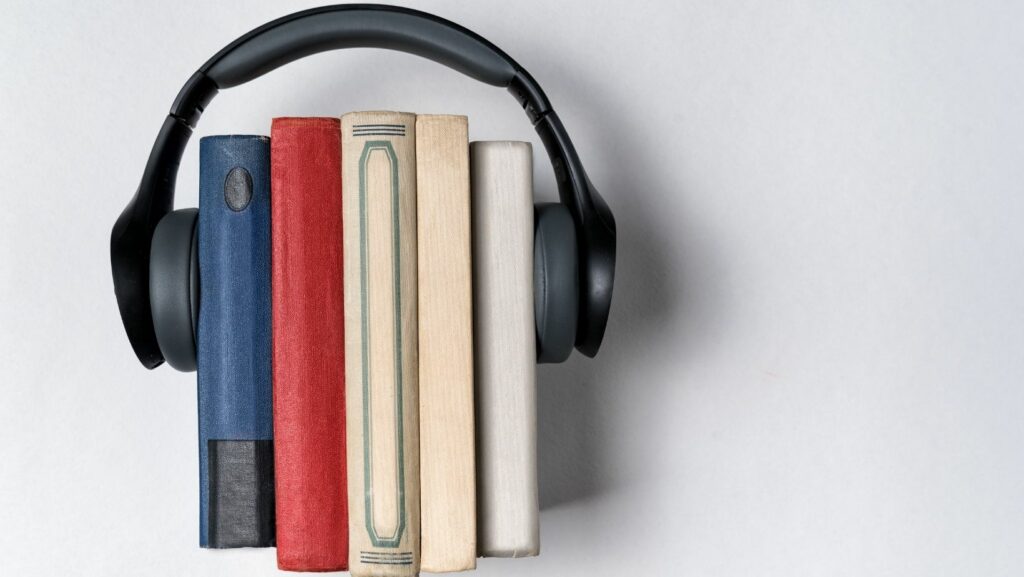 In the ever-evolving world of digital media, audiobooks have carved out a niche as a beloved format for readers and listeners alike. Whether it’s the convenience of listening on-the-go or the immersive experience of a well-narrated story, audiobooks offer a unique way to enjoy literature.
In the ever-evolving world of digital media, audiobooks have carved out a niche as a beloved format for readers and listeners alike. Whether it’s the convenience of listening on-the-go or the immersive experience of a well-narrated story, audiobooks offer a unique way to enjoy literature.
However, creating a high-quality audiobook isn’t as simple as reading aloud; it requires a blend of technical skill and artistic flair. Aspiring narrators and authors venturing into audiobook production need to master several key elements to captivate their audience. From choosing the right equipment to understanding the nuances of vocal delivery, each step plays a crucial role in the final product.
By honing these skills, creators can ensure their audiobooks resonate with listeners and stand out in a competitive market. This article delves into essential tips for recording audiobooks, guiding both beginners and seasoned professionals toward producing engaging and professional-quality recordings.
Tips For Recording Audio Books
Choose the Right Equipment
Using high-quality recording equipment is crucial for a professional audiobook. Opt for a condenser microphone, a versatile audio interface, and a pop filter to minimize unwanted sounds. Proper setup ensures clarity and consistency.
Create a Suitable Recording Environment
Setting up an acoustically treated space enhances sound quality. Use foam panels, heavy curtains, or carpets to reduce echo and background noise. Ensuring a quiet environment is key.
Practice Proper Vocal Techniques
Maintaining vocal health and employing good techniques makes a difference. Warm up before recording, stay hydrated, and articulate clearly. Adjust your pacing and tone to match the book’s mood.
Familiarize Yourself with the Content
Reading through the material beforehand aids in understanding. Identify character voices, emotional tones, and any complex language. This preparation improves delivery smoothness.
Essential Equipment For Audiobook Recording
Recording audiobooks with professional quality requires investing in the right equipment. Essential tools play a vital role in ensuring crystal-clear sound and an immersive experience for listeners.
Microphones And Pop Filters
Condenser microphones are ideal for audiobook recording due to their sensitivity and ability to capture detailed sound.
Models like the Audio-Technica AT2020 provide excellent quality for narrators. Pop filters are essential as they reduce plosive sounds (e.g., ‘p’ and ‘b’ sounds) that can distort audio. Placing a pop filter between the microphone and the speaker ensures smoother sound quality in recordings.
Audio Interfaces And Software
Audio interfaces act as the bridge between microphones and computers, converting analog signals to digital. The Focusrite Scarlett 2i2 stands out for its reliability and high-performance preamps. Recording software like Adobe Audition or Audacity offers robust editing features for refining and enhancing recordings. These tools support essential functionalities such as multi-track editing, sound effects, and noise reduction.
Soundproofing The Recording Space
Soundproofing minimizes background noise and prevents echo, creating a controlled environment for clear recordings. Acoustic foam panels effectively absorb sound, reducing echoes. Seal gaps in windows and doors to limit external noise. Use heavy curtains or blankets for additional sound coverage, ensuring the audiobook captures only the desired narration.
Preparing To Record An Audiobook
Audiobook recording demands thorough preparation to ensure exceptional quality and an engaging listener experience. This involves choosing material, understanding the audience, and refining voice techniques.
Selecting The Right Material
Choosing material that resonates with the narrator’s voice is crucial. It enhances authenticity and connects with listeners. Narrators should analyze themes, narrative style, and characters to ensure proper alignment. They should prioritize material with clear language and consistent tone for smooth delivery.
Understanding The Audience
 Successful narration requires knowledge of the target audience. Narrators should research demographics, preferences, and expected delivery style.
Successful narration requires knowledge of the target audience. Narrators should research demographics, preferences, and expected delivery style.
A children’s book may need a lively tone whereas a mystery novel might call for a more suspenseful approach. Understanding audience expectations ensures the delivery meets listener needs.
Practicing Voice Techniques
Regular practice of voice techniques improves performance. Narrators should focus on breathing exercises to maintain control and reduce fatigue. Practicing diction aids in clarity, while varying pitch and tone adds dynamics. Engaging listeners stems from a well-modulated voice that aligns with the narrative’s emotion.


